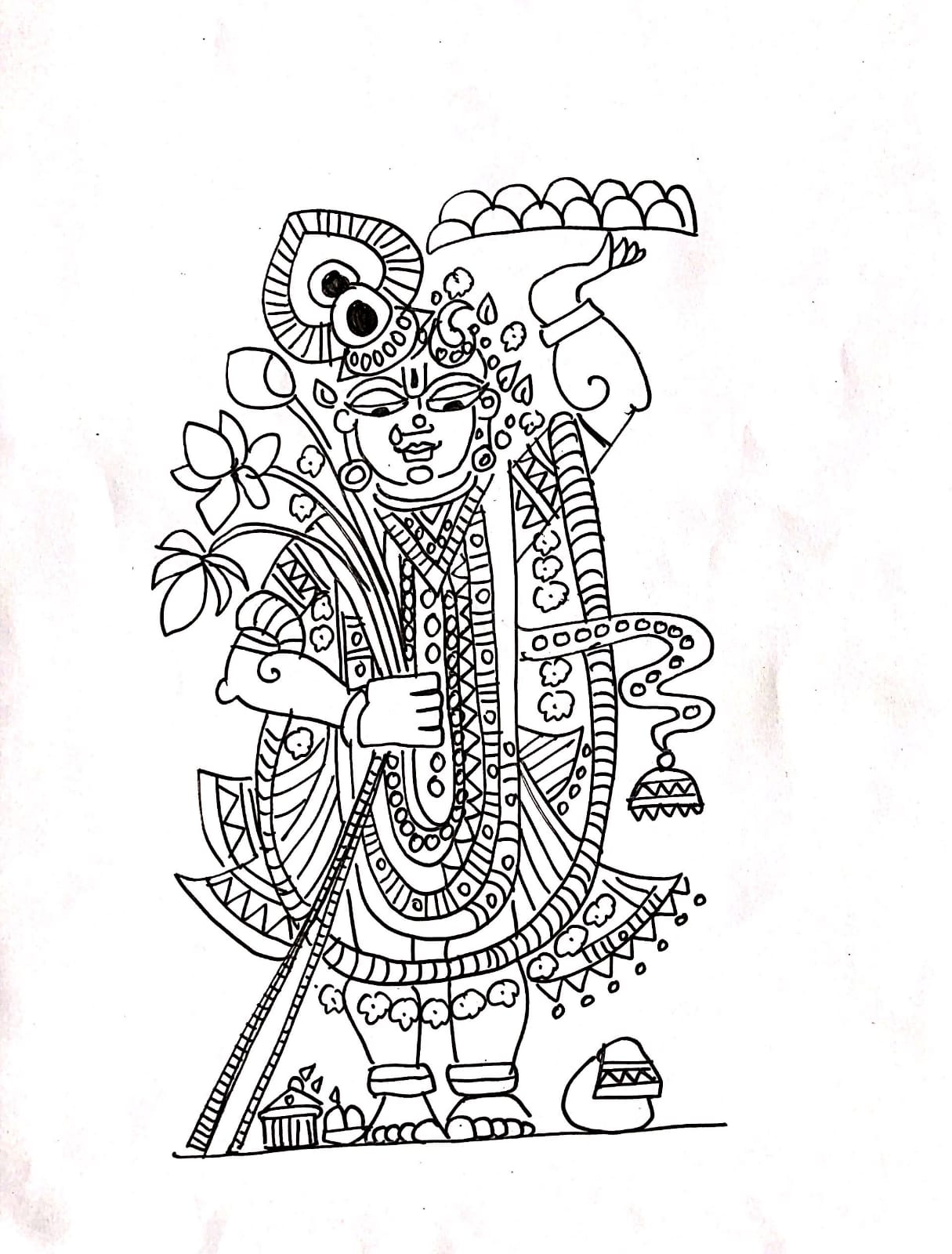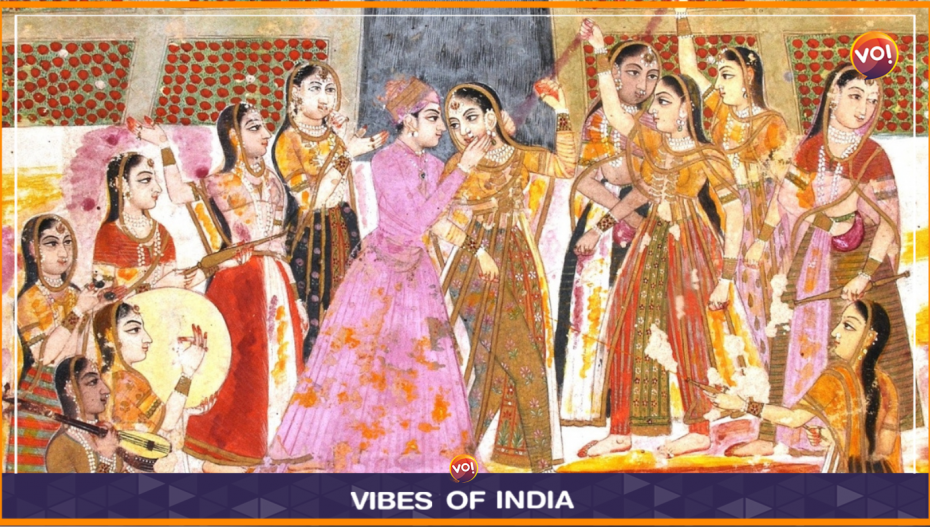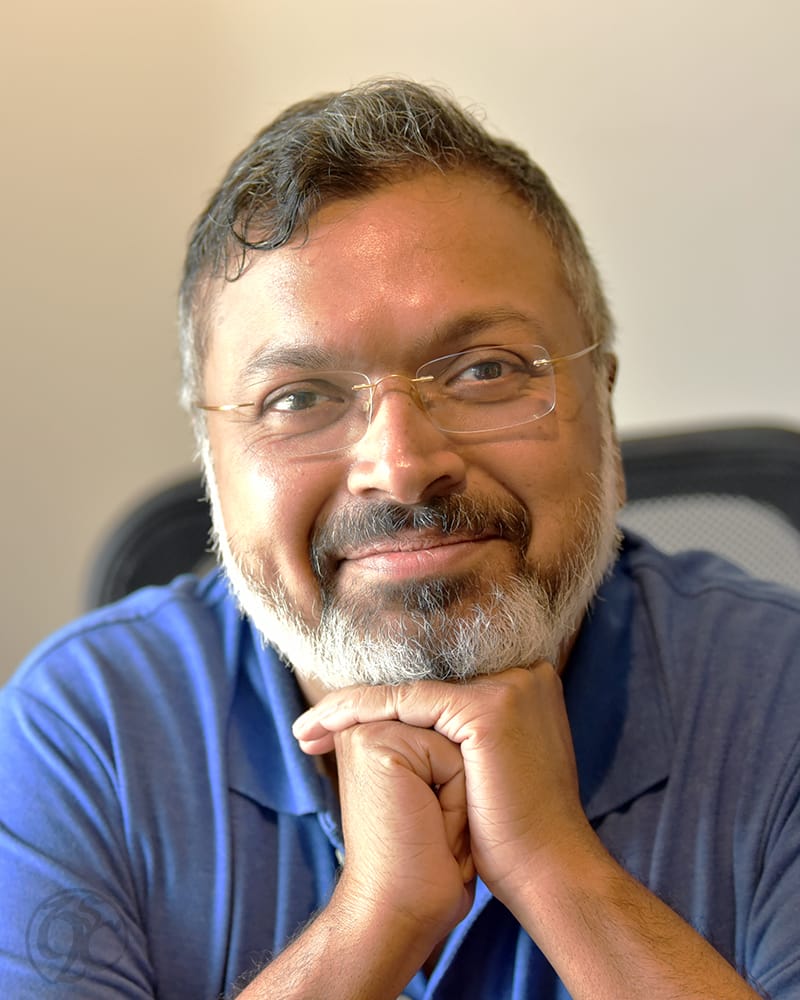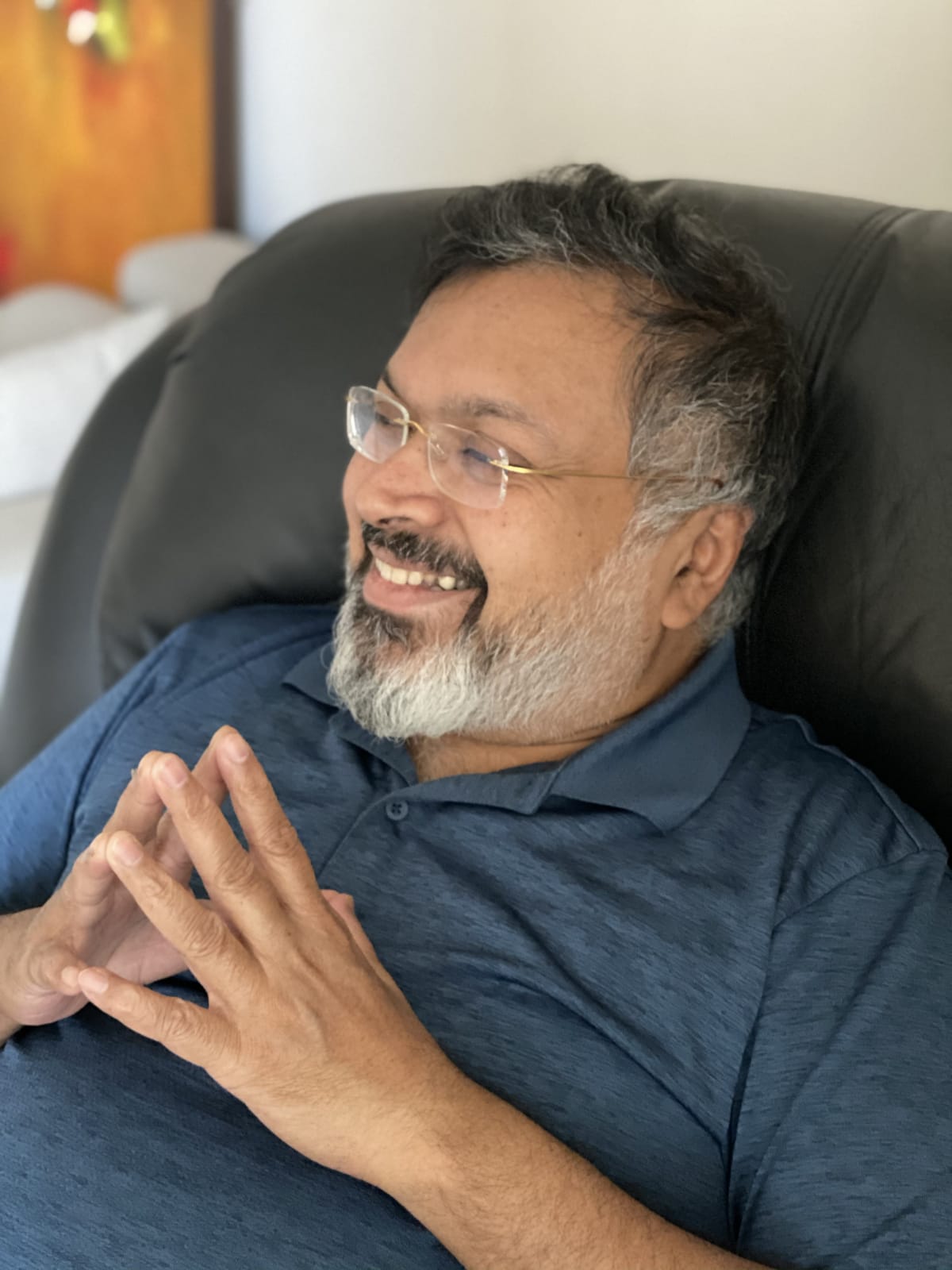Author Devdutt Pattanaik is a thought leader when it comes to Indian culture. Using stories from ancient Hindu mythology to interpret everyday social practices, he provides perspectives that are truly unique. In an exclusive interview with VO! on the eve of the Holi, Devdutt talks about the myths that surround the festival, the eroticism associated with it and the reasons why it is so wildly popular.
VO!: What is the mythology around Holi?
Devdutt: Holi is associated with Krishna and Radha as well as Shiva. It falls on the first full moon after Shivratri, which itself is on a new moon. Shivratri is when Shiva gets married. A hermit becomes a householder. 15 days later comes Holi, which is a celebration of the romance of Krishna and Radha. It is called Dolo Purnima in Orissa, where Dolo is the swing on which the lovers sit and enjoy the coming of spring. The next day is celebrated as Dhuleti in Gujarat where Dhul refers to the fine dust that is thrown. Today we throw colour powder. In the old days they used pollen, flower petals, green jawar and bajara.
VO!: What are the differences in the way Holi is celebrated across the country?
Devdutt: It’s not a major festival in South India, though now, because of migration and Bollywood, everyone seems to celebrate it. The biggest celebrations are in Gujarat, Rajasthan, Bengal, Orissa, in the Gangetic plains, wherever there is Krishna bhakti. In Goa, it is celebrated as Shigmo, where they put flowers in their hair and jump into wells. The Caribbean Hindus, who were originally from UP and Bihar, celebrate it as Phagun. Holi’s popularity increased when it became a court festival and the kings started celebrating it in their palaces. The Moghuls took it up, especially in the time of Akbar, who had wives who were Hindu. The Sultans in Gujarat played Holi, though their orthodox Ulemas probably disapproved. Women would throw water, colour on each other in the harems. Religion aside, it became a fun festival, a lover’s festival.
VO!: Would you say Holi is more cultural than religious?
Devdutt: Secular people prefer to play down the religious aspect of it and celebrate it as a cultural festival. Holi is basically an agrarian festival, celebrating the coming of spring. All festivals in India are agrarian festivals in that they follow the lunar cycle. Holi comes at the end of winter, when we are moving from a cold world to warmth and nature is abundant. Festivals in India serve to mark the sowing season, the harvest season. They are like a calendar. Gujarat and Rajasthan have many pastoral communities and when the men go out to the pastures there is a festival. When they return there is a festival. Holi is the Hindu cultural response to the spring season. The Christian cultural response is Easter, Valentine’s Day. Every community has a festival around this season. Even the Jains.

VO!: What is the Jain version of Dhuleti?
Devdutt: Jains are a monastic community, so they do not have singing and dancing festivals like Hindus have. Jain festivals are austerity based. Just before Holi, Jains have an eight-day festival of fasting called Phalguna Ashtahnika, where the Gods are believed to worship the Tirthankars.
VO!: What are the rituals of Holi?
Devdutt: The burning of the Holika is a ritual and signifies the burning of the demon Kamdev. The negative side of desire, which is lust, has been killed. The rituals pre-date the stories and can be quite complex. Tribal communities in Gujarat have complex rituals during Holi. They might not know the stories behind it. If you ask children what Holi is, they will just say colour. They will not say Krishna-Radha. The clothes you wear during a festival, the food you eat, the songs you sing are more important to a child than the stories.
VO!: What about the erotic aspect of Holi?
Devdutt: The eroticism is linked to Shiva. The erotic aspect has waned with time, though you may still see it in Kashi during the yatras. That form of Holi is more aggressive and you may find it in temple festivals, where they practice tantric rituals. When it is associated with Krishna, Holi is more romantic. Today, the aggressive sexuality of Holi has been replaced by gentle romance. Even in films, where they have pushed the envelope in depicting Holi, they have not crossed a line. Indians prefer allegory. The fun is in the flirting, nudging, innuendo.
Also Read: Tainted Ex-IAS Officer Pradeep Sharma’s Name Mired In New Land Controversy















